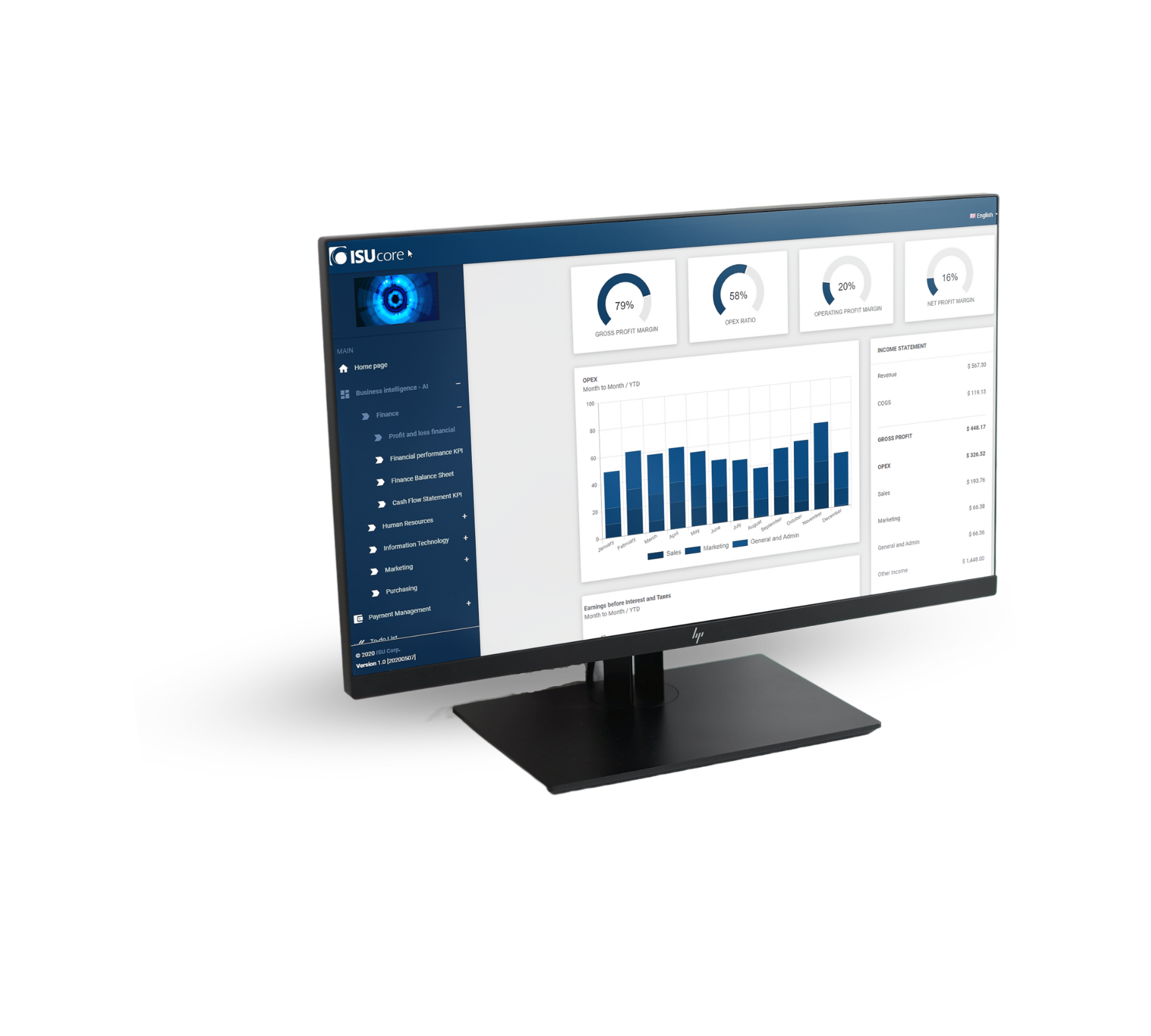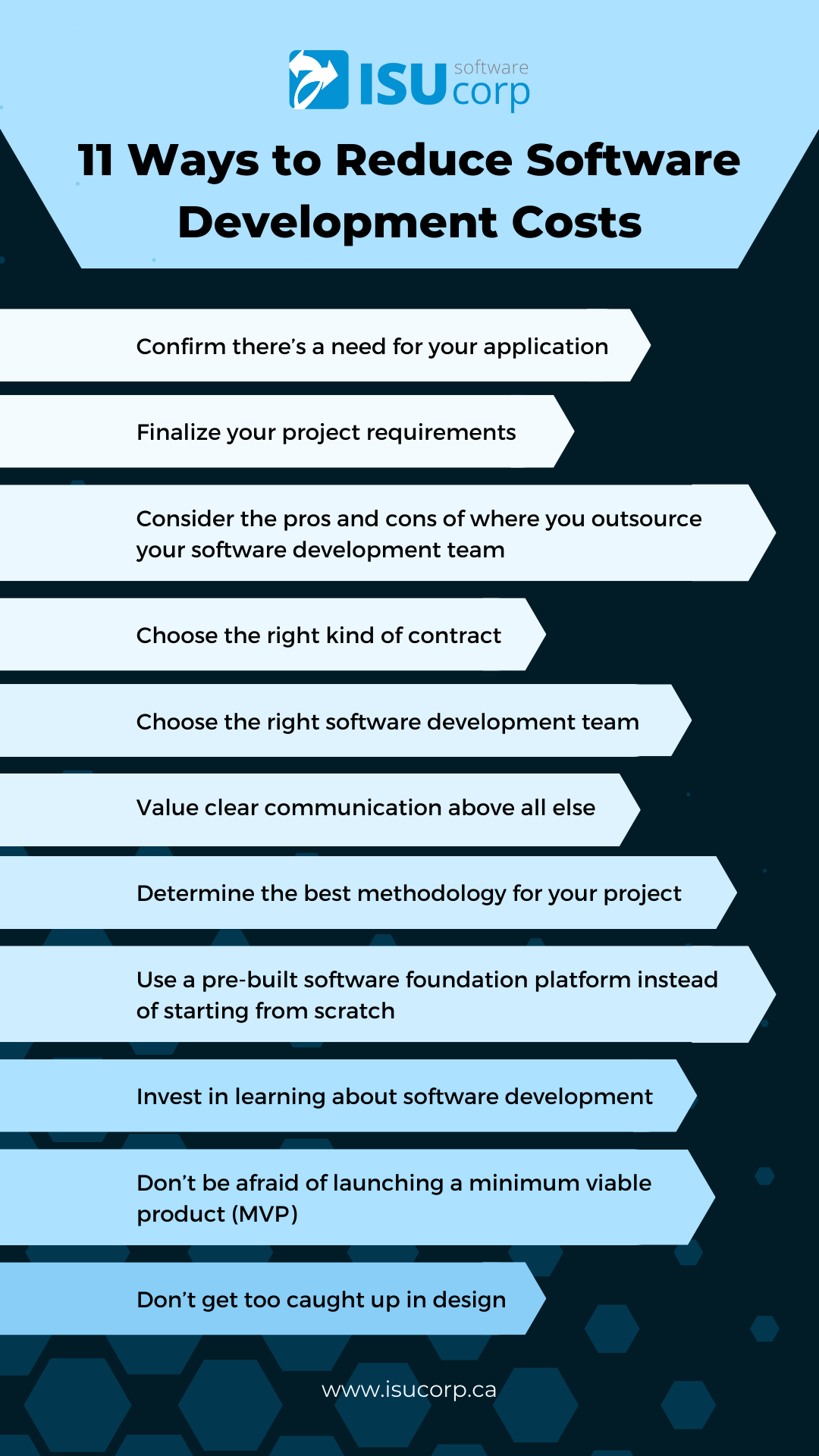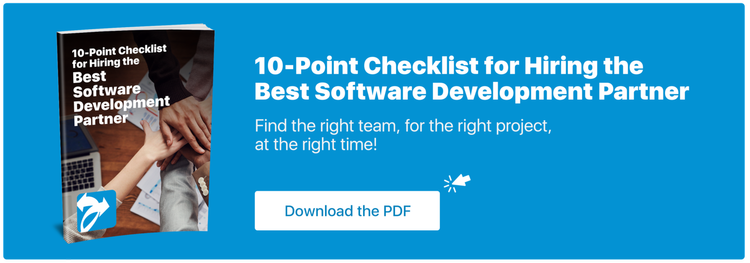Artificial intelligence (AI) is how banks work smarter in today’s digitally driven market. In addition to the security benefits that prevent fraud and breaches, the operational assistance features of AI speak for themselves. These include lower operating costs, managing risk, automating workflows, and personalizing the end-users banking experience.
Automation and personalization are what suggest the viability of a product or service to consumers in this day and age. Trends for 2023 present AI as a considerable contributor to the advancement of the digital banking sector, specifically for its ability to provide valuable options/advice and protect users' information.
Banks are a perfect example to look at when considering AI's impact in the present and future. For example, the Royal Bank of Canada (RBC) uses AI for several processes, including data analytics, the construction and implementation of applications powered by AI, and features that analyze financial forecasts.
The common thread among these features is that they contribute to delivering an enhanced experience to customers fast and efficiently. An Insider study from this year found that 75% of banks (holding over $100bn worth of assets) are strategizing with AI and ML. They also found that this adoption rate sat at around 45% for banks holding less than $100bn in assets.
So what makes Artificial Intelligence so great?
When it comes to running a business, knowing your customer as best as you possibly can is everything. The traditional importance of human intelligence and the ability to build rapport with the people you interact with day-to-day is just as relevant in the digital world. Advising is a service that has been and forever will be sought after, which has made it consistently lucrative.
The actual functioning that makes AI beneficial to the financial industry stems from its ability to manage data. Take the example of advisors at your local bank. If you go there looking for investment advice, AI-generated algorithms will help them find shares, funds, or bonds that suit your specifications and goals.
Now, the liability that comes with managing people's finances is among the highest importance. Last year alone, companies saw a 53% increase in cyberattacks. This presents immense levels of concern for financial institutions, wealth management firms, and especially newly established neobanks who need to generate credibility around their product to succeed. The demand for state-of-the-art security has made financial institutions gravitate towards AI and ML technology.
Here are three of the key features backing this movement:
Fraud detection and compliance regulation: History has shown that the financial industry is not foreign to losing millions of investors' dollars. In the United States, efforts like the Sarbanes–Oxley Act of 2002 were meant to mitigate the impact of breaches and prevent them altogether by enforcing heavy penalties.
For this reason, financial institutions have found it in their best interest to automate compliance using a Decision Management System (DMS). For fraud to be prevented, it needs early detection and consistent auditing. A Decision Management System makes this possible through its software and machine learning capabilities.
Lower risks and operating costs: Having a representative provide a personal touch at your institution is great. However, mistakes slip by people, which can incur seriously negative repercussions in the banking sector. This is where and why institutions will turn to AI-powered DMS.
When it comes to something like onboarding, for example, DMS will make the process easier and lower the risk of missing something and causing an error. In turn, this will reduce the costs of labour and allow institutions to reallocate their resources from data entry to business development.
Better accuracy when evaluating investments: Institutions are constantly on the hunt for fruitful investment opportunities. This has made investment software a highly sought-after resource for its ability to provide suggestions that take into account how much risk the investor is willing to take.
The software can easily and accurately evaluate funding proposals from clients, which is especially useful when you consider how difficult and complex understanding industry-specific information is. Investment analysis software takes all the necessary variables into account to make this possible for the end user.
The key takeaway from this list is that AI and ML present new methods of data collection that deliver a far more efficient mode of managing funds and customer service. In turn, this will save institutions time and money while showing their clientele that they’re prepared to operate long-term.
Process automation is a pillar of business development and service delivery in 2022. There is no doubt that this trend will only become more prevalent in the coming years. Right now, nearly 70% of companies use Business Process Automation (BPA) software.
Three Easy-to-Grasp Changes:
AI provides a platform where fraudulent/suspicious activity can be identified quickly and prevented thoroughly.
Financial institutions can better invest their funds and resources. In effect, customer apprehension will be mitigated which can grow the institution's consumer base.
The experience of banking for customers becomes far more enjoyable through the flexibility and accessibility provided by AI.
What’s Next?
Businesses are always on the lookout for new ways to improve their services. Speed, quality, and solutions that suggest longevity are the minimum standard for a financial institution in today's market. Your efforts are going to require the right software that will set you up for success and keep your customers that depend on you.
Written By Ben Brown
—
ISU Corp is an award-winning software development company, with over 17 years of experience in multiple industries, providing cost-effective custom software development, technology management, and IT outsourcing.
Our unique owners’ mindset reduces development costs and fast-tracks timelines. We help craft the specifications of your project based on your company's needs, to produce the best ROI. Find out why startups, all the way to fortune 500 companies like General Electric, Heinz, and many others have trusted us with their projects. Contact us here.


















